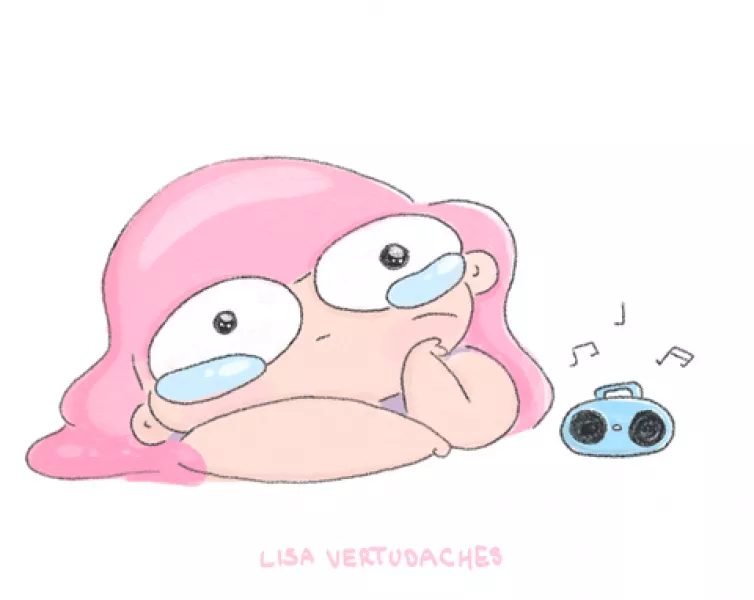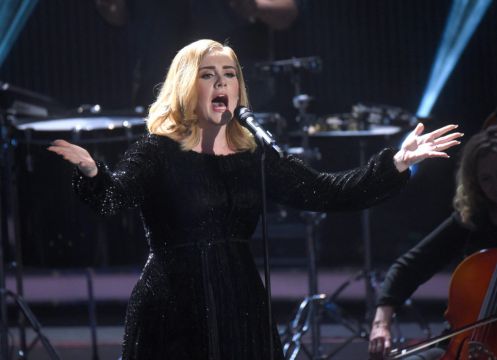With soaring vocals and an emotional piano accompaniment, Adele is back with new single Easy On Me.
It’s the first taste of the 33-year-old’s upcoming album 30, after a six-year break from new music.
Easy On Me is Adele doing what Adele does best: tear-jerking songs, the kind you’ll likely have a bit of a cry to, if the mood strikes. She’s made a name for herself with tracks like this, from 2011’s Someone Like You to 2015’s Hello.
When asked what her new album was about on a recent Instagram Live, Adele said: “Divorce babe, divorce.” She split from the father of her child Simon Konecki around 2019, so it’s safe to say 30 will be a break-up album.
She told British Vogue the songs will help her son Angelo understand the divorce. “I just felt like I wanted to explain to him, through this record, when he’s in his twenties or thirties, who I am and why I voluntarily chose to dismantle his entire life in the pursuit of my own happiness,” she said. “It made him really unhappy sometimes. And that’s a real wound for me that I don’t know if I’ll ever be able to heal.”
Adele SZN. Sad girls we outside!!
— Miss Boateng. (@Whitb_xx) October 5, 2021
Advertisement
Sadness may be at their core, but it’s hard to resist powerful ballads about heartbreak and loss. For Dr Robin Hart, psychologist and co-founder of stress and anxiety Companion app, sadness is usually “a result of some form of loss experienced, whether recent or historically,” and says “listening to music, particularly sad music, gives us a chance to feel a sense of connection”. We might be able to find some comfort in this.
Have you ever listened to a melancholy song, only to think the singer is articulating exactly what you’re feeling? It can help us form a close emotional attachment to the piece of music, with Hart explaining how “the lyrics or melody are a means through which we can express our sadness in a contained way.”
“If I’m holding on to stuff that I don’t want to access or it’s not appropriate to do so right now, listening to sad music can allow me to feel the sadness,” he continues, “and feel a bit better in the short term, without having opened up my deep stuff.”

Even shedding a few tears to music can make you feel a bit better. “Crying can be a release as it gives us a chance to access and process our sadness,” says Hart. Crying can produce a hormone called prolactin, which the psychologist explains “reduces feelings of grief – it’s a pacifier”.
It’s not just sad music that can trigger strong feelings and memories – through songs, we can experience emotions “across the spectrum, from deep sadness to extreme happiness to excitement,” says Hart.
How much you connect with a song can depend on how innately musical you are – making it easier for music to “more readily access emotion and memory”. If you’re someone who particularly enjoys and connects with sad songs, Hart suggests you might be a more empathetic type of person.
I don't know if we're ready for what @Adele is about to drop. Like... do I need to get blankets ready so I can lay under them as I listen???
— Luvvie is the #ProfessionalTroublemaker (@Luvvie) October 10, 2021
Don’t underestimate the power of music: Hart highlights the rise of music therapy to treat young people, those with learning and communication difficulties, and the elderly suffering from dementia, “because music accesses emotion and allows for expression”.
As Adele releases her new single, Hart warns against “wallowing”, although he admits he “hates that word”. If you’re not getting any connection or comfort from listening to sad music, “there won’t be any catharsis – relief or release”, he says. So if you spend hours exploring your sadness “without achieving some form of relief, it’s a problem and you should seek some form of professional help”.







